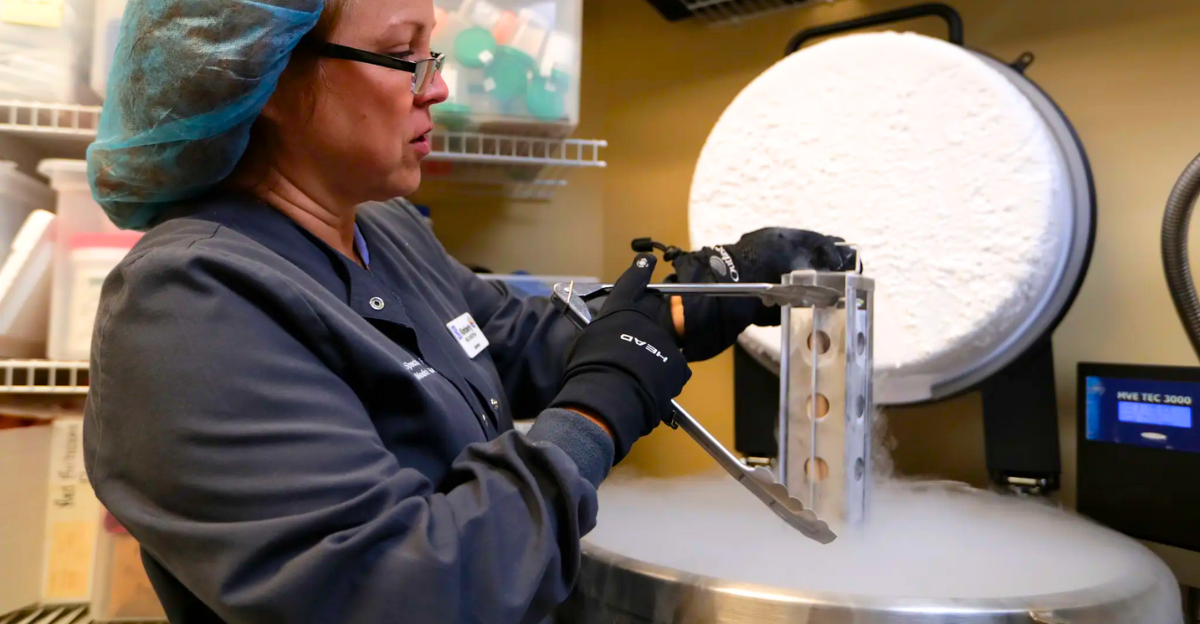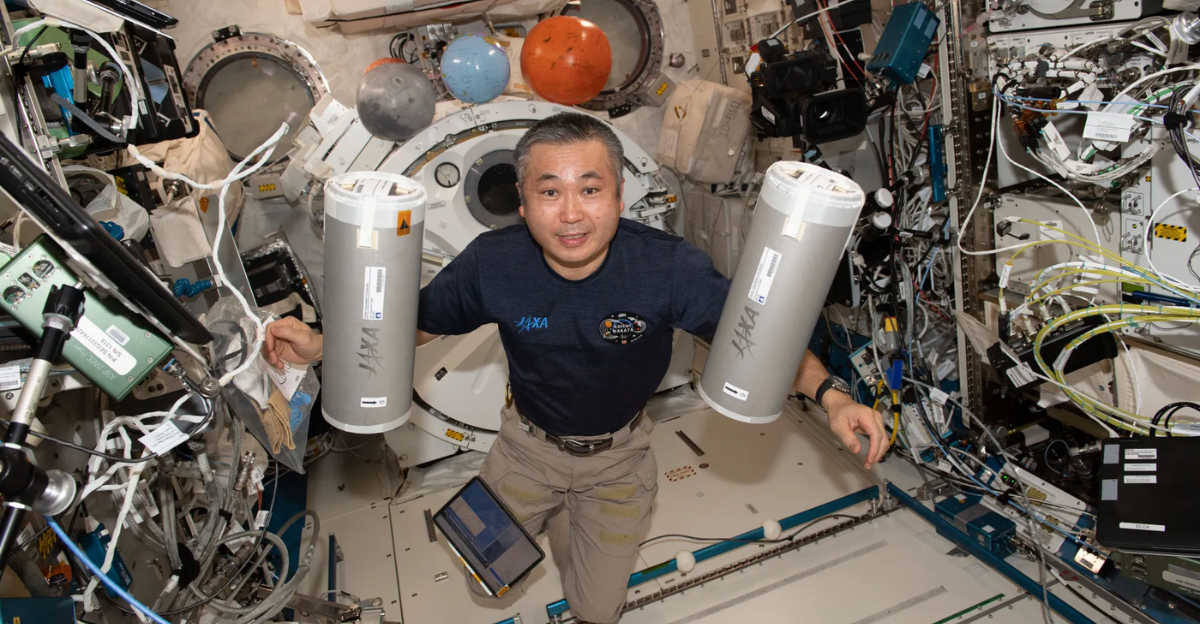
In human history, the impact of this day is frequently overlooked. On October 31, 2000, the Soyuz TM-31 launched and with it a crew bound for the International Space Station (ISS). Many say that this brought a new dawn of continuous human presence in space. From here on out, we could see a change in how humanity perceives its place in the cosmos.
This ISS project involved many countries, such as the US, Europe, Canada, Japan, and Russia, in a diplomatic collaborative effort to launch a shuttle to space. The global partnership showed international collaboration, and it broke down the barriers that were left of the Cold War. Since that day, there has always been at least one human in space, which is a miraculous achievement.
Historical Context

The launch on this day and the success thereof can be attributed to years of geopolitical maneuvering as well as scientific and technological innovations. The ISS itself marks a historical moment, the end of the Cold War era. A new era was ushered in that was underscored by international cooperation and trusting relationships.
The space race started in the 1980s when the United States proposed space station freedom all the while the Soviet Union had plans for MIR – 2. When the Soviet Union collapsed, there was an opportunity for compromise and collaboration rather than competition.
Various Impacts
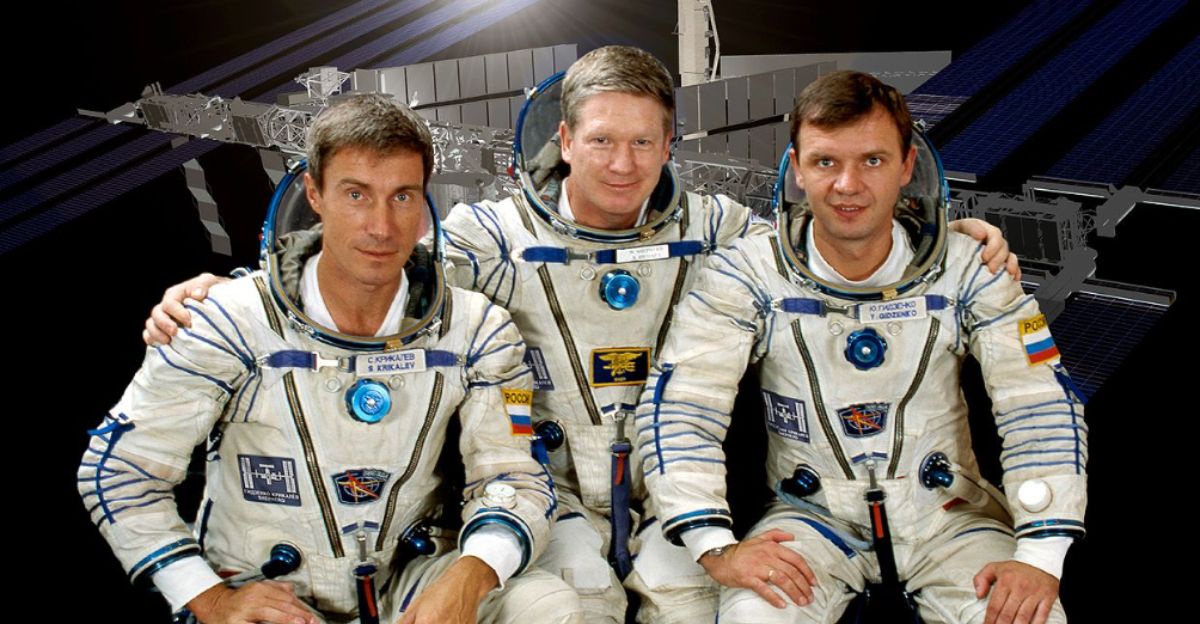
There were many challenges faced by the crew of this expedition, such as the pure confinement and isolation, as well as the scrutiny of the world on their mission. The complexity of micro gravity, and the absence of natural light cycles also posed a significant challenge for these brave crew members. Psychological research conducted on these crew members spoke about the teamwork and pure human resilience that was needed in such an extreme environment.
There were many lessons learned from this exploration, such as improvements on how we manage remote work, response to crises and even informing policies and protocols. It was also interesting to observe the social inter-connective dynamics between multinational crew members as they had to overcome challenges between different cultural components.
Breakthroughs
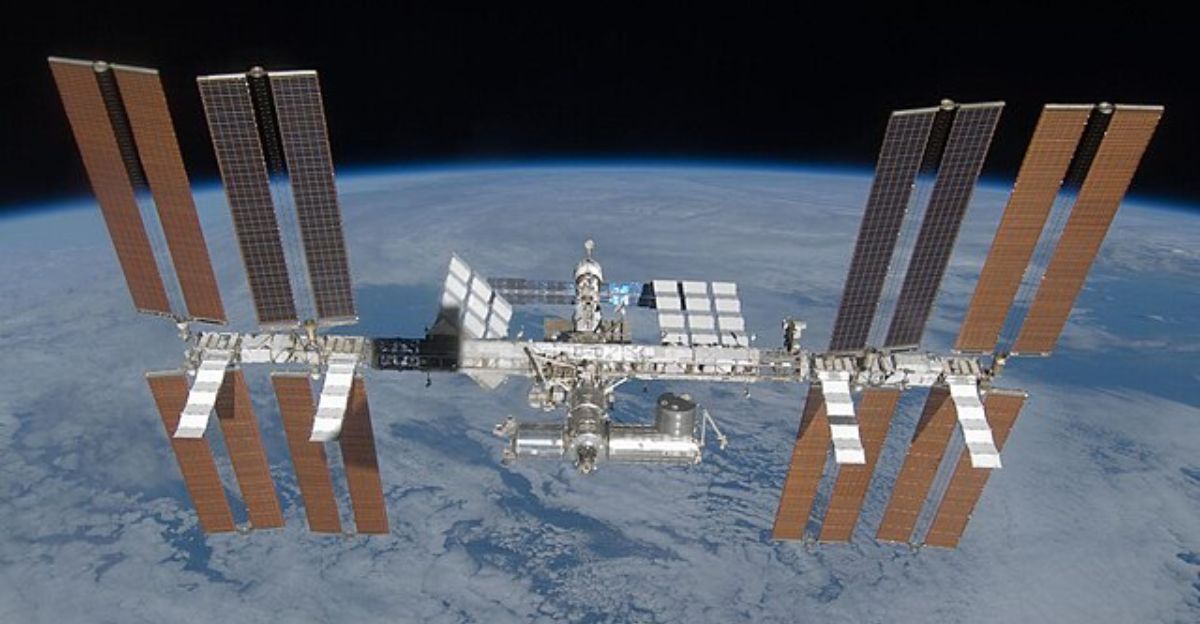
The ISS was the starting point for outstanding scientific and technological innovation on a humongous scale. Since this mission, the ISS has seen over 3000 scientific investigations from researchers in over 108 countries these experiments include many different fields, such as medicine, biology, physics etc.
Up there in space, it creates a unique environment of micro-gravity that has been instrumental in many breakthroughs that would’ve been impossible to achieve on Earth. One such breakthrough is the growth of protein crystals, which are used in the development of pharmaceuticals. The launch of Soyuz TM-31 Has led to rapid advancement of science and technology into the 21st-century.
Geopolitical and Strategic Implications

To this day, the ISS and this mission stand out as one of the most ambitious examples of cooperation on a global scale. Despite the Cold War history, there was a decision to include Russia in this program indeed, which was a bold act that influenced geopolitical strategies. The success of the ISS has taught us a valuable lesson that even adversaries can work together for the greater good.
An incredible part of the ISS is its multinational nature as it continues to broaden international relations and strengthen diplomacy in an era with tensions are still rising. In a broader sense, we have a shared responsibility as we maintain our presence in space. Looking back now, we can say that this collaboration was the first steppingstone into understanding our greater cosmos.
A Ripple Effect

Since the launch on October 31, the ISS program has contributed many economical benefits, for example job creation in many different industries. There has been an increase in demand for technological and engineering innovations, as well as skilled labor. Since then, this mission has also inspired commercial space flights that pave the way for private company, such as Blue Origin and SpaceX, to expand their horizons in space.
Furthermore, we can see the creation of new opportunities and innovation, which has inspired a whole new generation of entrepreneurs who want to conquer space. These companies employ some of the brightest minds and have contributed to significant scientific and technological innovations, such as the creation of new habitats and space vehicles.
Philosophical and Cultural Changes

The iconic images of earth that were captured from the ISS has made us as a species more aware. We are aware of our environment and have a sense of global citizenship as we are all together on one planet. This notion is often referred to as the ‘overview effect.’ It has made us more aware of our shared responsibility to look after our planet and future generations.
I plan it is fragile, and space missions will continue to remind us of our identity and belonging as the inhabitants of this planet. That is why the legacy of the ISS stretched much further than only the astronauts who were a part of the crew on October 31. We are reminded that we are interconnected as a global community. Thus, the mission and others that followed inspired cultural cohesion.
Criticisms and Challenges
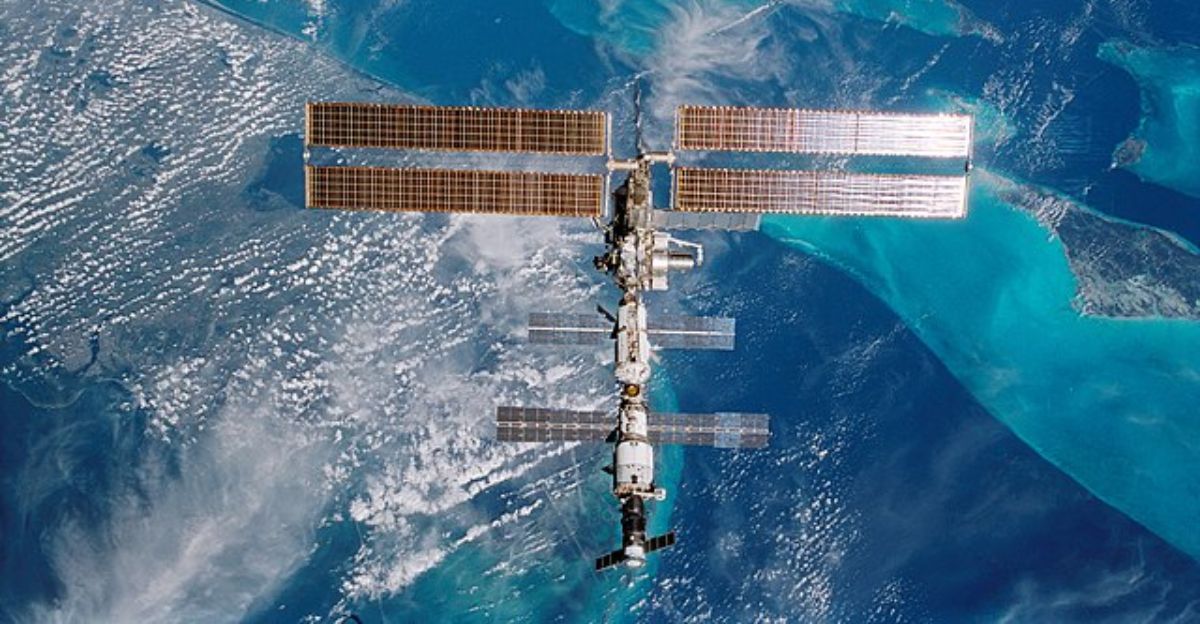
One would think that such a great innovation like the ISS was without criticisms, but alas, it was not without challenges and criticism. One such criticism is the cost of actually building as well as maintaining the ISS, which ranges between $100 billion-$150 billion. These resources could have been much better allocated to issues here on Earth, like poverty, climate change, and hunger.
They are also those that have questioned the actual scientific value of the station referring to the modest scale of previous research. Another point of contention is the reliance on Russian launch vehicles, especially in the current geopolitical environment. There are also ethical questions raised for the astronauts that risk their health as well as the environmental impact of continuous space exploration.
Future prospects
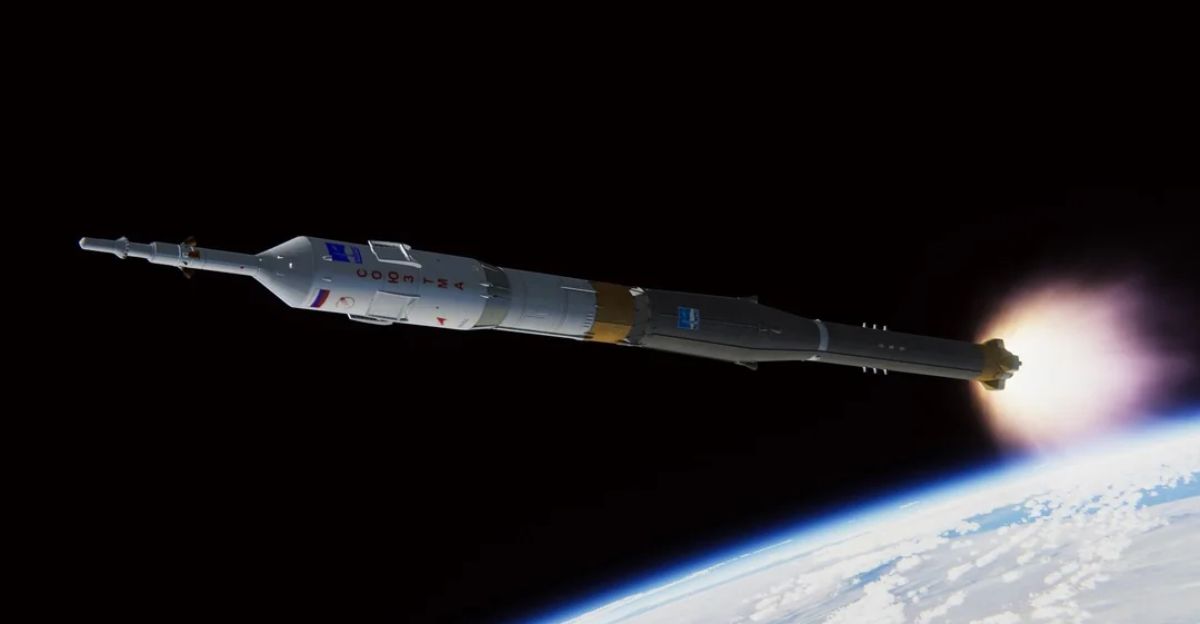
It is said that the ISS will remain operational for at least five more years until 2030 as there are plans for new modules. Looking beyond the ISS there have been many lessons learned from this project that will inform other missions into space. We can still look to the launch of Soyuz TM-31 as a precedent for international collaboration.
From a hypothetical standpoint, the ISS model has the capability to adapt to global crises by encouraging trust and collaboration between nations. Our continuous presence in space shows us that our future is limitless and so much as possible if we work together.
So after reading this article, you can see that October 31 2000 was not just an ordinary day but the beginning of an explosion of interest into exploration into the cosmos. The expedition demonstrated how tackling essential challenges together could yield great results. The ISS has become a symbol of this collaboration, innovation and hope for the future.
The economical, technological, cultural and psychological impacts of the events that transpired on this day resulted in a ripple effect that is seeing innovation until this very day. It shaped our future as well as our understanding of ourselves. Looking forward, we have to ask ourselves… What legacy do we want to leave the future generations and in what state do we want to leave this beautiful planet of ours?




